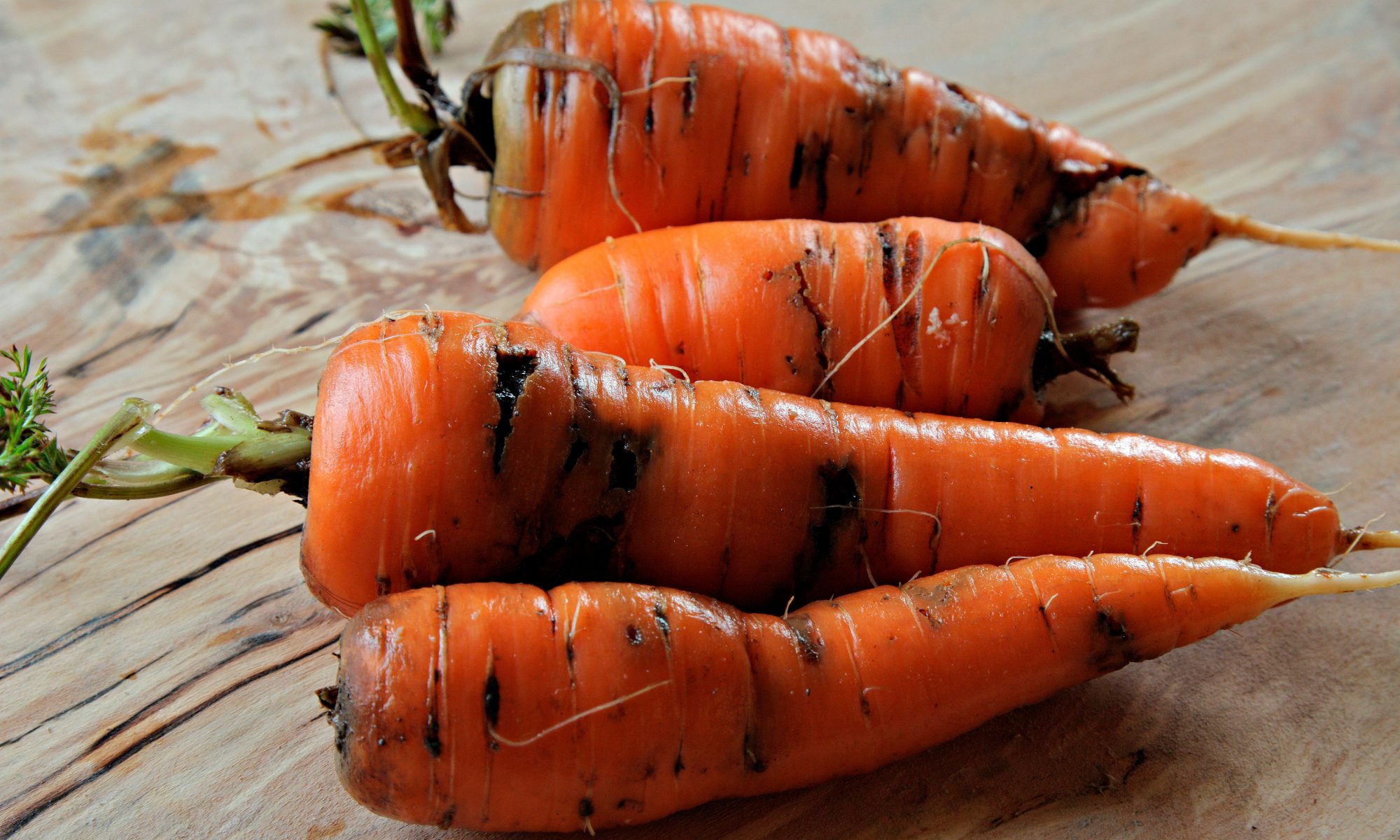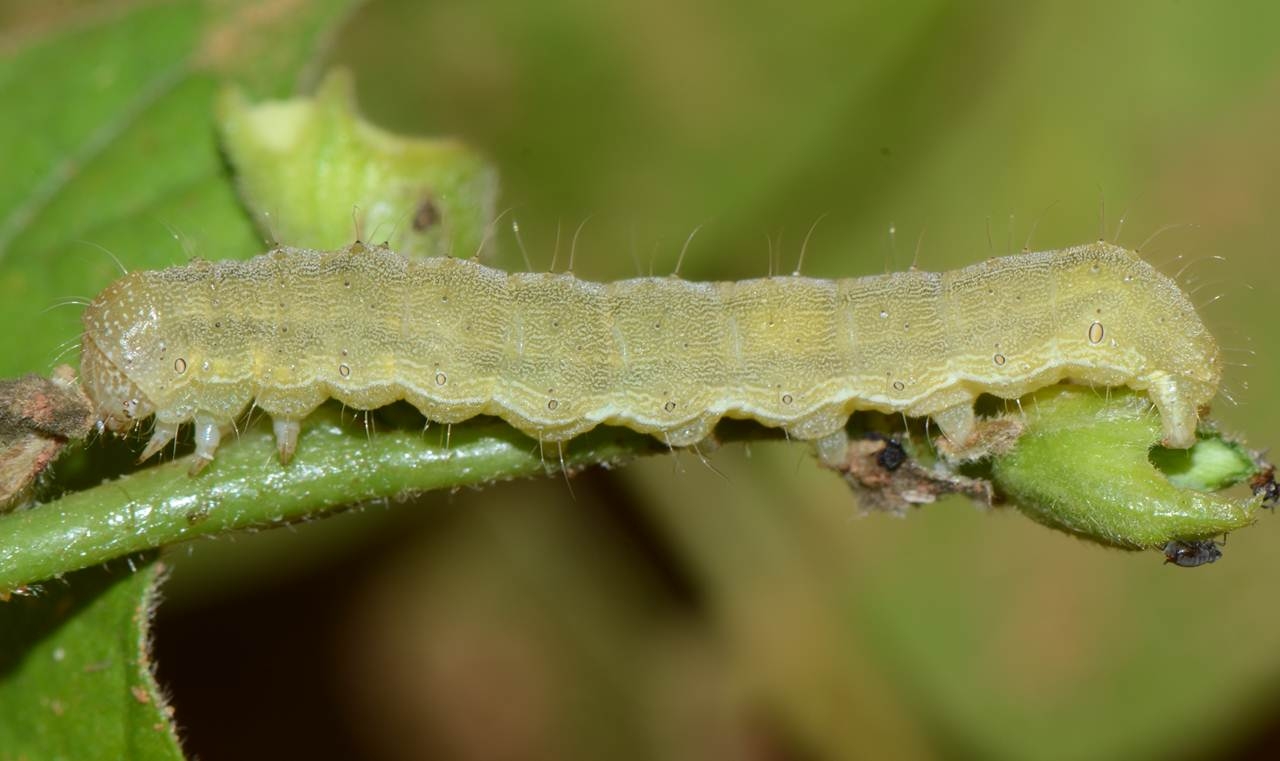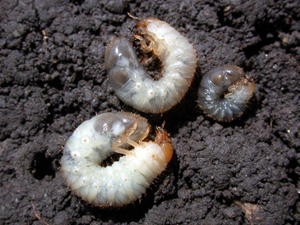Control Of Jassid in Okra:-
Identification
- Insects are 2.5 mm long and small green in color.
- Nymphs and adults are of same shape but nymphs do not have wings.
- Eggs are laid along veins on the underside of the leaflets.
- One generation requires 2 weeks.
Damage
- This pest attacks the crop at its early stage of growth.
- The adults and nymph suck the cell sap from the leaves.
- As a result, the leaves curl upwards along the margins and have a burnt look which extends over the entire leaf area.
- The affected plants show stunted growth.
Control
- Soil application of Carbofuran 3 G @ 10 Kg/acre at the time of sowing.
- Spray Profenophos 50% EC @ 400 Ml/acre or Acetamiprid 20% WP @ 80 gm/acre at fortnightly intervals starting with the appearance of the jassid.
- Prophylactic spray of Neem oil-garlic mixture at fortnightly intervals is advantageous for avoiding pest incidence.
Like and share with other farmers by clicking on button below
Share









